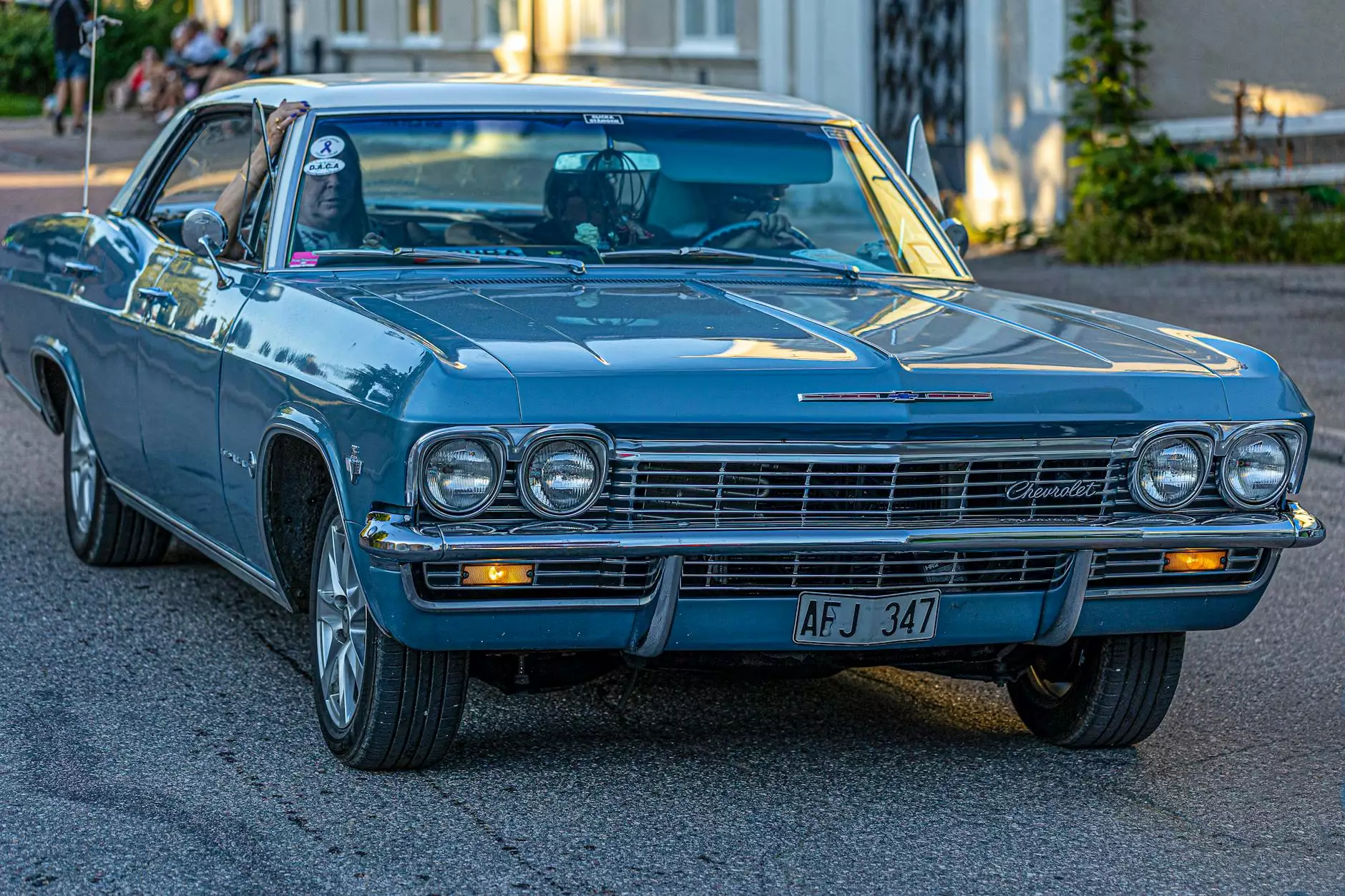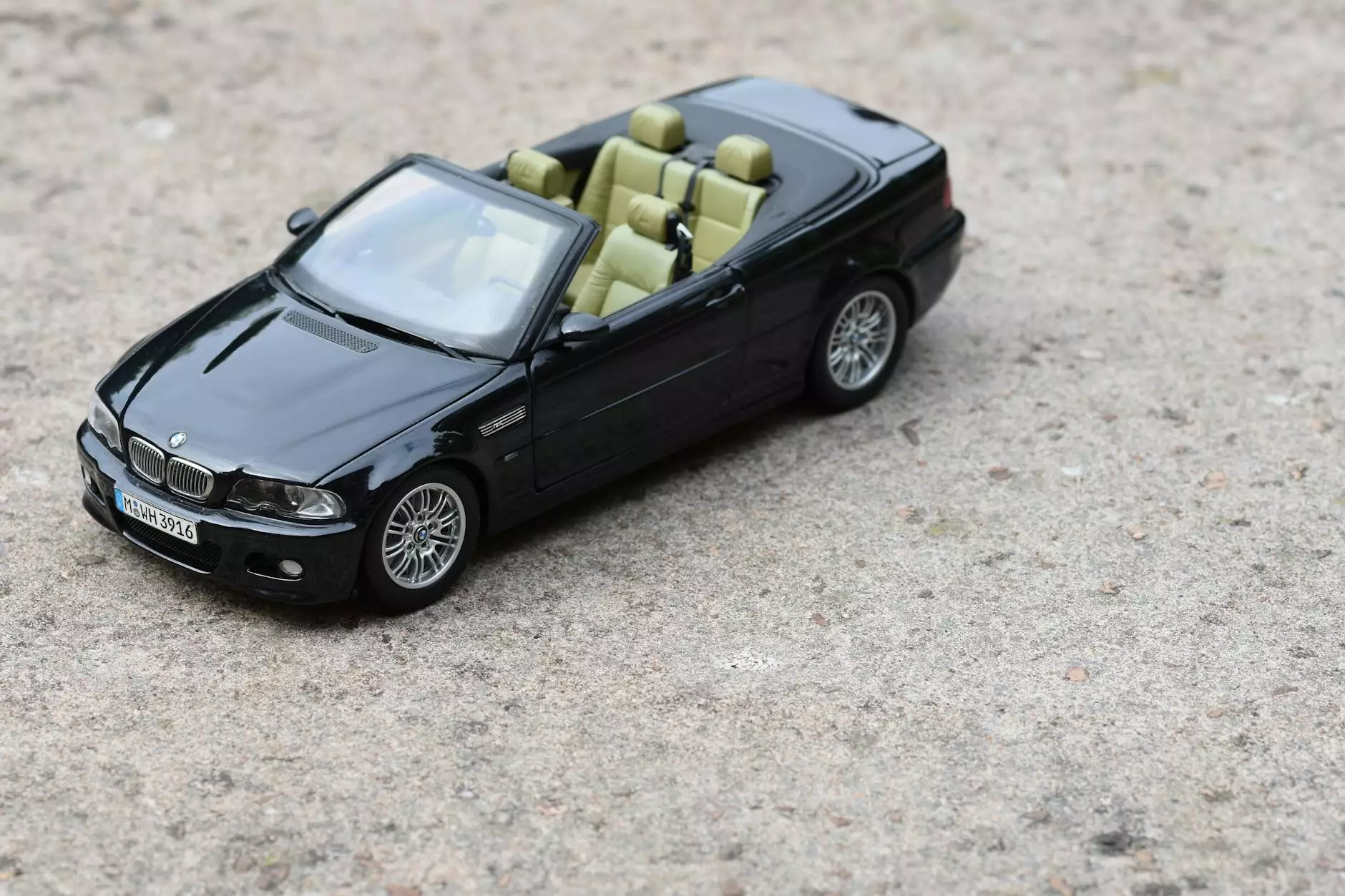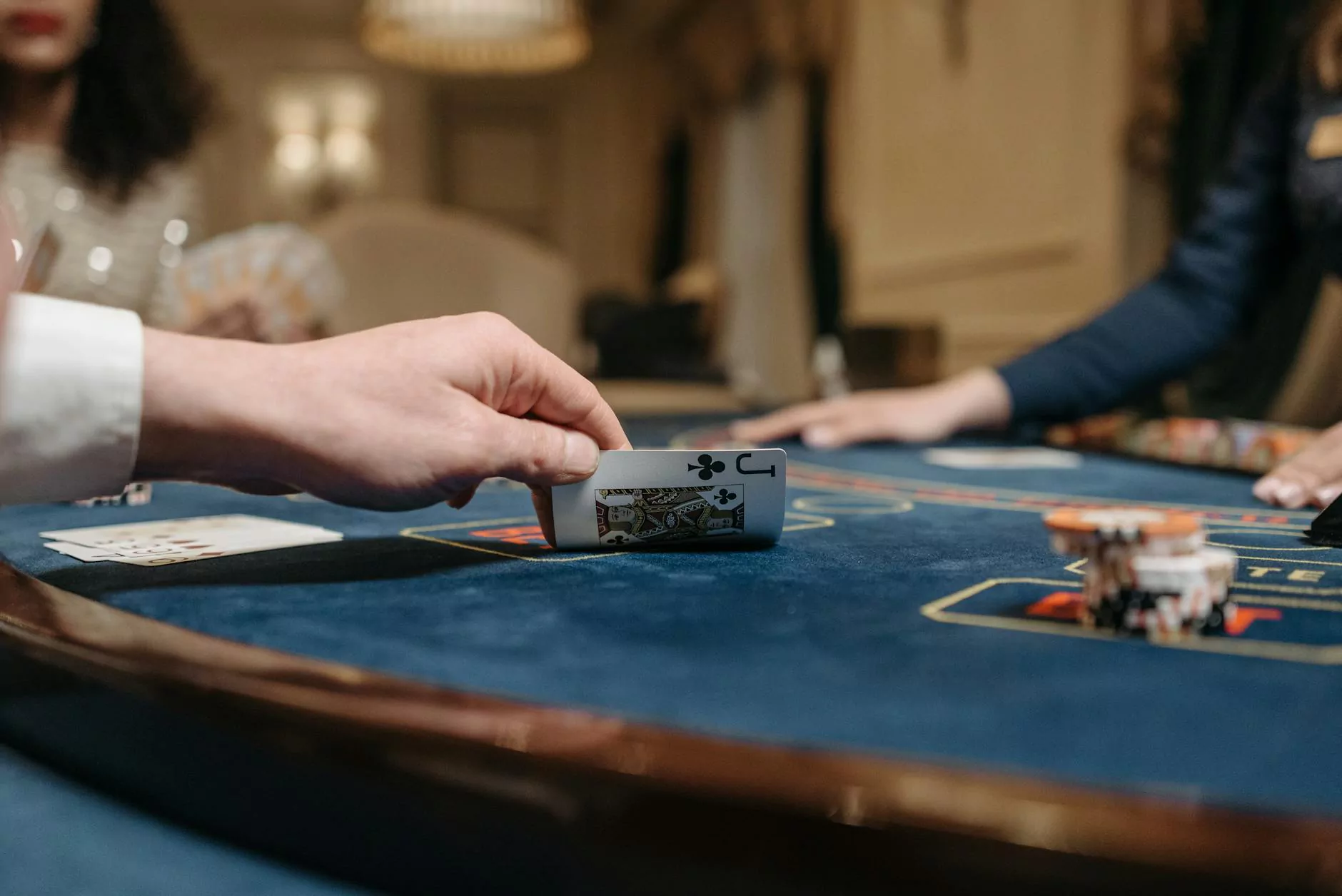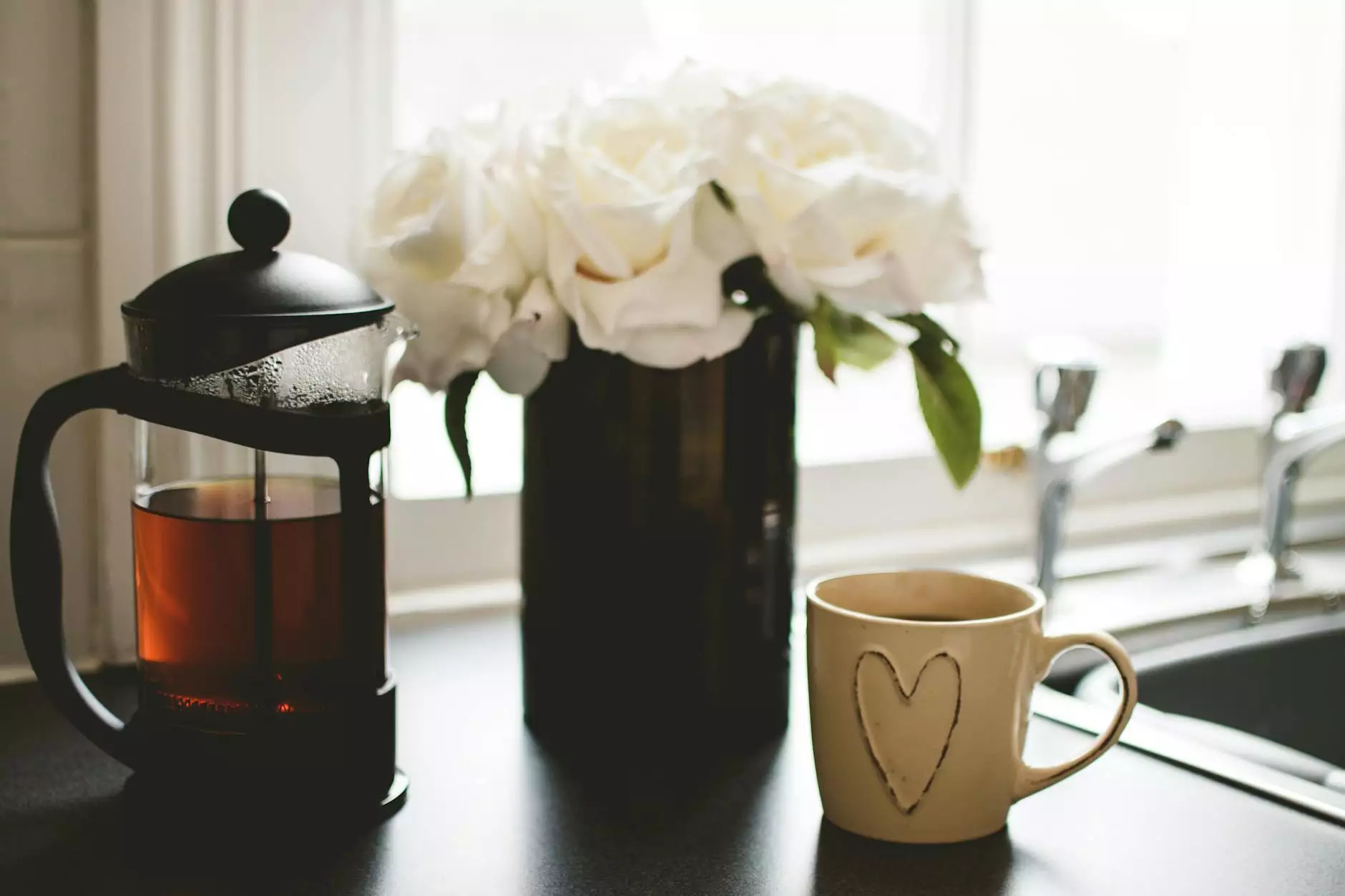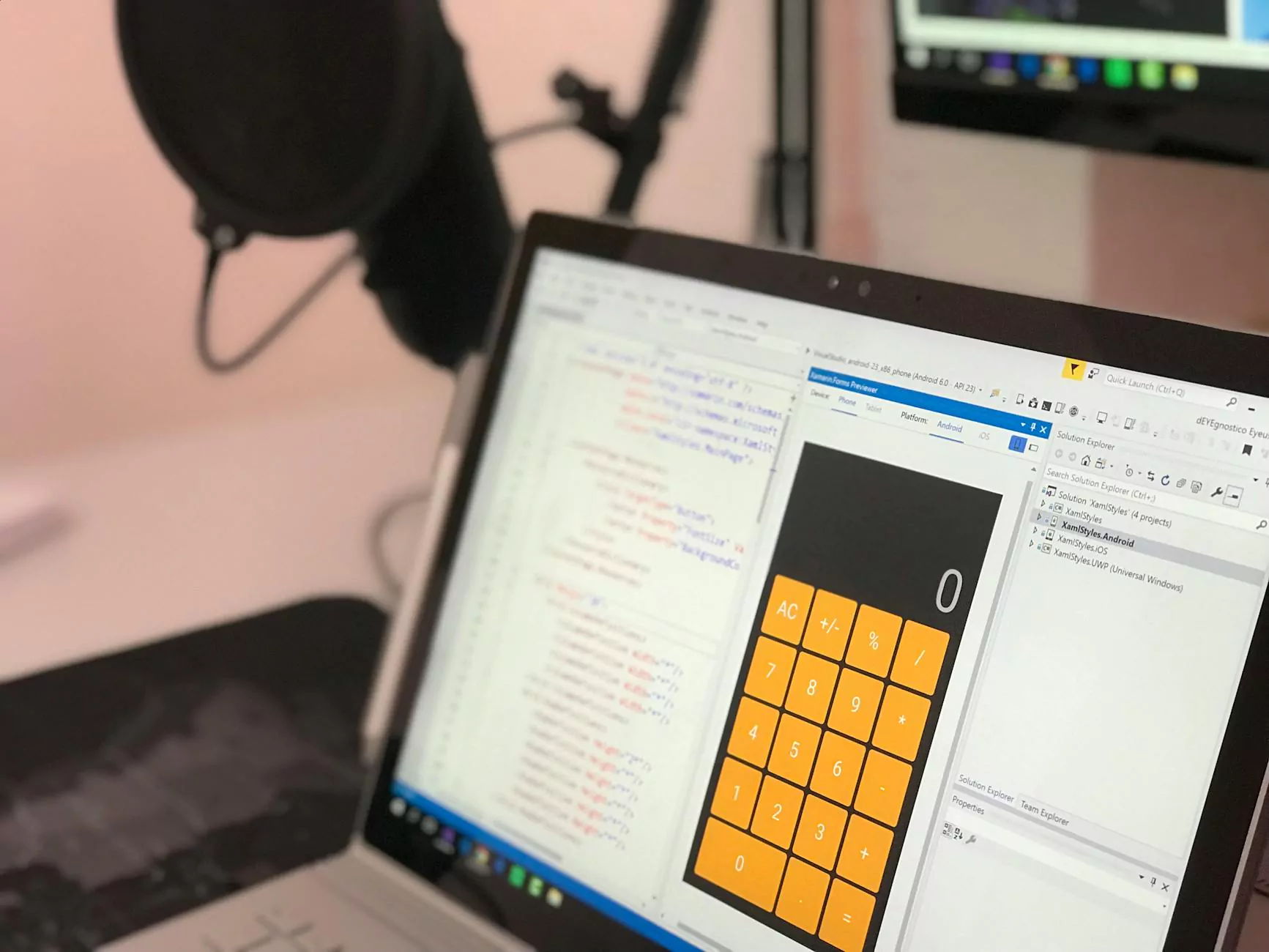Ultimate Guide to Event Photography Gear
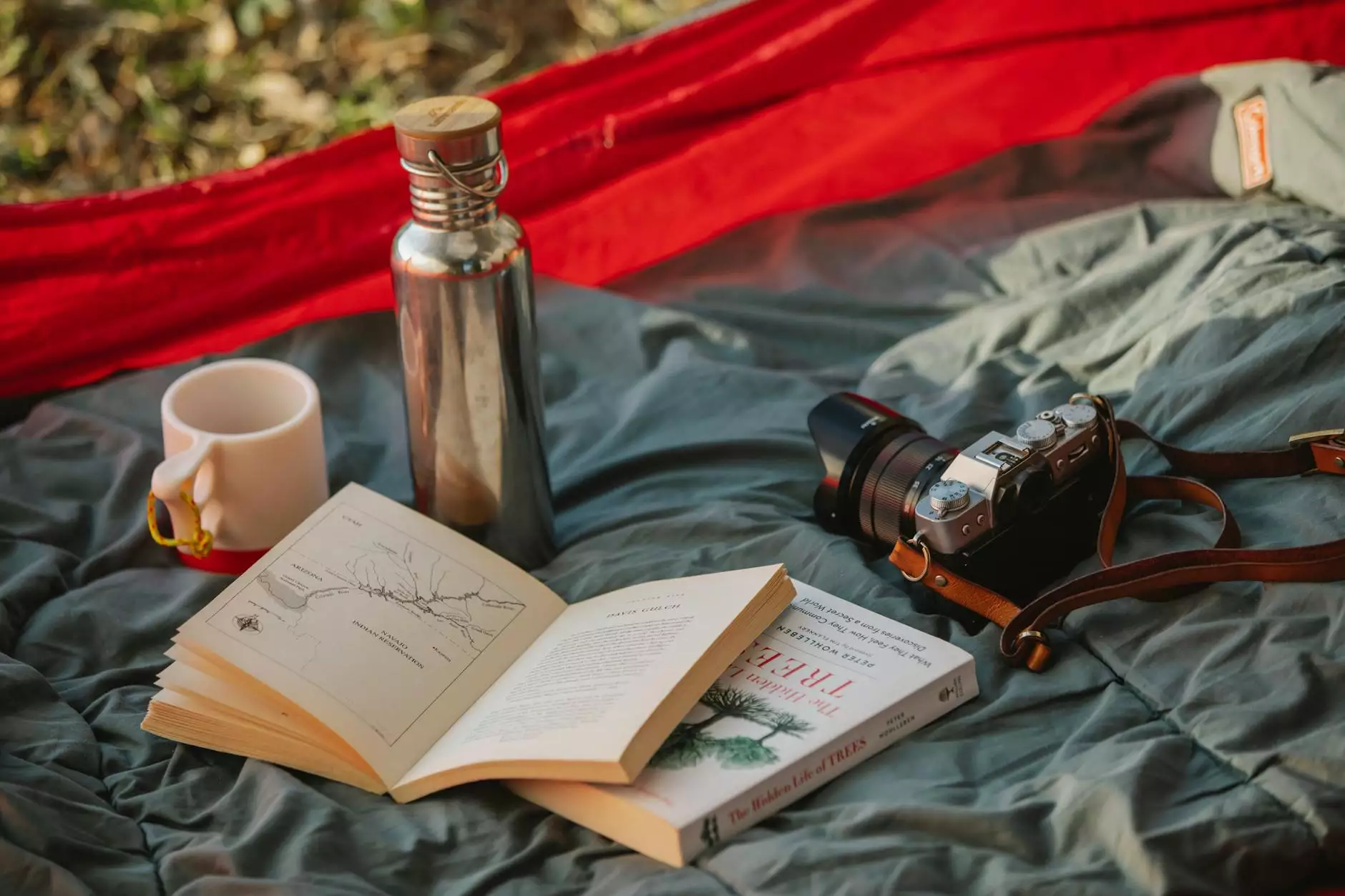
In the world of photography, capturing the essence of a moment—especially during events—is both an art and a science. Whether you are a budding photographer or a seasoned pro, having the right event photography gear is crucial for producing stunning images that resonate with your audience. This comprehensive guide will walk you through the essentials that every event photographer should consider.
Understanding Event Photography
Event photography is a specialized field that requires not only an eye for detail but also an understanding of the dynamics of events. From weddings to corporate gatherings, each type of event presents unique challenges and opportunities. The right gear can make all the difference in capturing those fleeting moments that matter the most.
Key Characteristics of Event Photography
- Versatility: Events can vary dramatically in style and environment. Your gear must be adaptable to different lighting conditions and venues.
- Portability: You’ll likely be on the move throughout the event, so lightweight and portable gear is essential.
- Speed: Capturing spontaneous moments requires fast autofocus and quick shutter speeds.
- Quality: High-resolution images are a must, as many clients expect prints and albums.
Essential Event Photography Gear
Now that we’ve covered the fundamentals, let’s dive into the essential gear you’ll need for successful event photography. Below, we’ll look at the core equipment categories:
Cameras
Your camera is the backbone of your event photography gear. Choosing the right camera can significantly influence the quality of your images. Here are some recommendations:
- DSLR Cameras: Digital Single-Lens Reflex cameras are popular for event photography due to their versatility and image quality. Consider options like the Canon EOS 5D Mark IV or Nikon D850 for professional results.
- Mirrorless Cameras: Known for being lightweight and compact, mirrorless cameras like the Sony A7 III or Fujifilm X-T3 offer impressive performance without the bulk.
- Point-and-Shoot Cameras: For casual events, a high-quality point-and-shoot camera can be handy. The Canon G7X Mark III is a solid choice with excellent low-light capabilities.
Lenses
Choosing the right lenses is crucial as they greatly impact the look and feel of your photographs. Here’s what to consider:
- Prime Lenses: A 50mm f/1.8 lens is perfect for portraits and low-light settings, providing a beautiful bokeh effect.
- Zoom Lenses: A 24-70mm f/2.8 lens offers flexibility for a variety of scenes, making it a go-to for many event photographers.
- Wide-Angle Lenses: For capturing larger groups or venues, a 16-35mm lens is essential in your event photography gear arsenal.
Lighting Equipment
Proper lighting can elevate your event photography. Here are vital lighting tools to consider:
- External Flashes: A speedlight like the Canon 600EX II-RT is indispensable for bouncing light in indoor settings.
- LED Panels: These provide continuous lighting, perfect for video or when you need consistent lighting quality.
- Light Modifiers: Softboxes or reflectors can help soften harsh light and create more flattering images.
Tripods and Monopods
Stability is key, especially in low-light conditions. Here’s what you should consider:
- Tripods: A sturdy tripod can keep your camera stable during long exposures. Look for compact options that are easy to transport.
- Monopods: These offer more mobility while still providing stability, making them ideal for fast-paced events.
Camera Accessories
In addition to the core gear, several accessories can enhance your workflow:
- Camera Bags: Invest in a reliable camera bag that can comfortably hold all your gear while providing protection.
- Memory Cards: Fast and ample storage is crucial. Look for high-capacity cards that can handle burst shooting.
- Extra Batteries: Never underestimate the need for backup power during events; always keep spare batteries on hand.
- Lens Cleaning Kit: Dust and smudges can ruin your images; a cleaning kit keeps your gear in top shape.
Preparing for an Event
Preparation is key to successful event photography. Here are important steps to take before the event:
Scout the Venue
Whenever possible, visit the venue prior to the event. This allows you to identify potential problem areas and plan your shots. Take note of:
- Lighting conditions
- Best angles for significant moments
- Obstacles that may affect your movement
Create a Shot List
Having a shot list helps ensure you capture all the key moments. Collaborate with your client to understand their priorities, including:
- Key speeches or presentations
- Guest interactions
- Candid moments and group shots
Post-Event Workflow
Once the event is over, your work continues. Here’s how to manage your workflow efficiently:
Image Backup
Immediately back up your images to avoid any data loss. Use multiple storage options such as:
- External Hard Drives
- Cloud Storage Solutions
Editing and Delivery
Post-production is where your images can shine. Use software like Adobe Lightroom or Photoshop to enhance your photos by:
- Adjusting exposure and color balance
- Cropping for better composition
- Applying retouches where necessary
Client Delivery
Deliver your final images in a professional manner. Create an online gallery or send via a secure file transfer service. Don't forget to follow up with a thank-you note!
Conclusion
Investing in quality event photography gear, preparing thoroughly, and maintaining professionalism can set you apart in a competitive industry. With the right equipment and careful planning, you can capture breathtaking moments that your clients will treasure forever. As you continue to grow and learn in your photography journey, remember that each event is an opportunity to showcase your unique perspective and skills.
For more insights into photography and to explore a range of gear options, visit Morton Visuals, your ultimate resource for Photography Stores & Services, Photographers, and Event Photography.

